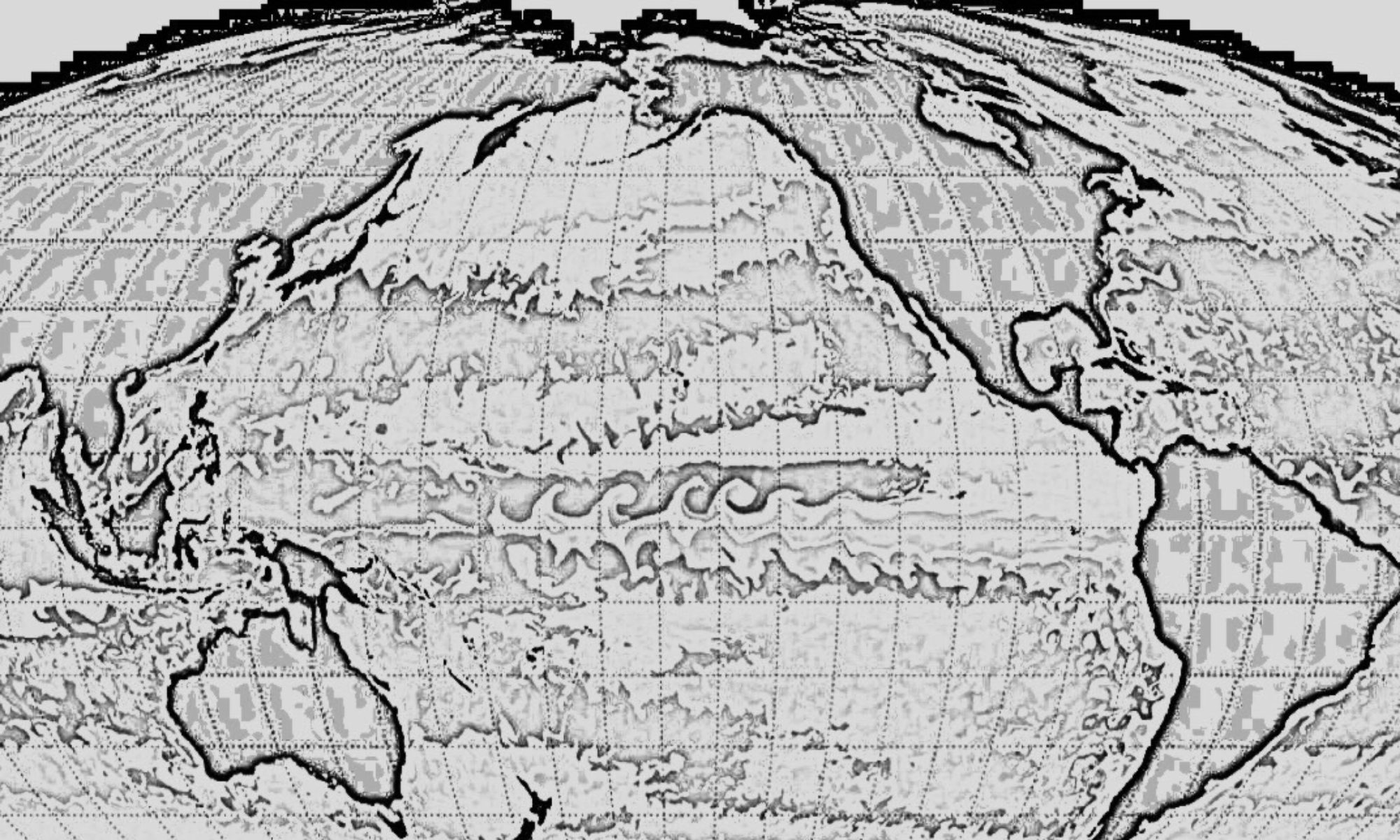Space, Time, and Plankton Prediction
Investigator: Chris Follett

Light, temperature, nutrient supply and temporal variability all affect the composition of plankton communities, but given their covariance in the environment it is difficult to confirm the mechanistic drivers from field observations. Substantial progress has been made by focusing on model organisms like Prochlorococcus and sharp spatial transitions in the environment (Follett et. al 2021, L&O; 2022, PNAS), but can these ideas be generalized to the 100’s of phytoplankton in computational models and the 1000’s of species found with genetic techniques? An alternative approach is to start from transect data and try to build predictive statistical models but it remains unclear under what conditions these work (Bian et al. 2023, Nat. Comm.). We hypothesize that resource controlled plankton species will be amenable to statistical models whereas top-down control will limit the effectiveness of these approaches. We will focus on predictions of the DARWIN ecosystem model (on the N-S, Gradients 1-3, transect) comparing full model predictions with those made by a single box version of the model configuration (DAR1, Duckworth et. al, Under Review, L&O Methods). We hypothesize that species concentrations along the gradient can be approximated as a sum of a steady term driven by the latitudinal gradient in nutrient supply and a term driven by the local variability (see Follett et. al, 2021, L&O). We will then use this framework to test the statistical models for plankton prediction.

CBIOMES Collaborators in Follett’s Group
Benedict Blackledge


